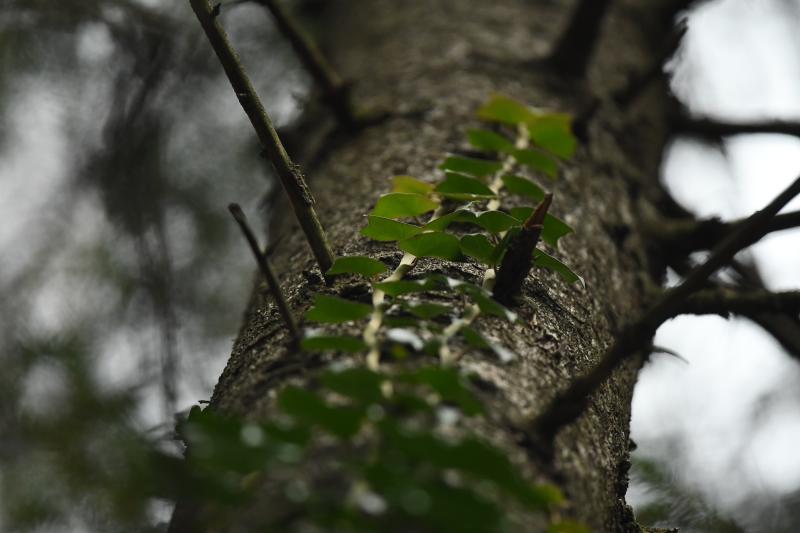On average, your house collects 40 pounds of dust each year, and part of that accumulation is dead skin that flakes off along with other particles to create household dust.
Dust is bad for your health, but great for beautiful sunsets, because dust in the atmosphere absorbs blue and green colors but lets the orange and red shine through, creating a lovely sunset.
Even cosmic dust, which is the raw material that creates new stars and planets, falls to Earth and floats around our winter houses.
Luckily there are houseplants that actually absorb dust and naturally clean the air. Common English ivy (Hedera helix) is an easy-to-grow, dust-absorbing plant.
It will climb or trail up walls or over hanging baskets. You can train it to grow along wire frames for instant topiary. Because English ivy thrives in cool areas, it's ideal to place in unheated spare rooms or hallways. English ivy plants grow best in medium-bright locations. Eastern exposure is perfect, but it does well in northern or western exposure also. Just keep it out of the hot, direct sun. Place your plant away from drafts and heat vents. If you keep your English ivy near a window, be sure the leaves do not touch the windowpane.
English ivy prefers to grow on the dry side, so only water when the top inch or so of soil is dry to the touch. Average household humidity is fine, and English ivy will tolerate lower humidity levels. You can increase humidity by misting the plant a few times a week. Or place the pot on a pebble-filled tray with a bit of water in it. Very low humidity and dry air can attract pests such as spider mites.
As with most houseplants, use potting soil that drains well so the plant isn't in standing water or soggy soil.
You can fertilize English ivy once a month in the spring and summer when it is actively growing. Use a nitrogen-rich fertilizer made especially for houseplants. Some gardeners use unflavored gelatin mixed in water as a homemade fertilizer. Fish emulsion works well too.
Never fertilize houseplants in the winter, because they are not actively growing, and fertilizer can harm them.
When your ivy grows too large for its pot, it can become root-bound and top-heavy. It will also need watering more often. Repot the ivy using a new container that is just 1 or 2 inches larger in diameter than the old one.
Keep English ivy away from pets and children, as it is slightly toxic. Hederin, the chemical in English ivy leaves and fruits that makes them poisonous, is used medicinally to treat many respiratory disorders.
English Ivy is easy to propagate. Simply cut off a stem near the base of the plant and place it in water. Keep the cutting where it will get bright light but not direct sun. Be sure to change the water every few days. Within a month, the cutting develops new roots and can be potted up in regular potting soil.
You can plant English ivy outdoors, but be aware that it is a non-native plant and can become invasive.
Keep dust down with a living, growing English ivy that releases oxygen all winter long, and you will literally breathe easier even while watching a dust-filled sunset.




















































